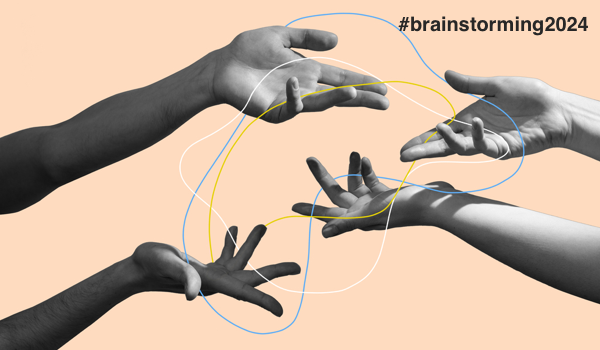


JOHANNESBURG - The biggest hospital in Africa is the Chris Hani Baragwanath Hospital in South Africa’s largest township Soweto, occupying 173 acres with approximately 3,200 beds and about 6,760 staffers. According to the hospital’s official website, 70 percent of all admissions are emergencies, including an average of 160 gun wound victims per month.
The hospital’s infrastructure does not reflect the infrastructural permanence that could support the mass data entry of patients passing through it. Instead, it still reflects its original form from the early 1990’s. Baragwanath has suffered setbacks over the years; mismanagement of medical files has at times resulted in the dispensing of the wrong medicines and dosages, leaving patients at risk of worsening infections and, in some cases, even death.
This represents a single story of the African healthcare system and is one of the most extreme cases that would benefit the most if open medical data was normalized on the continent.
Defining open medical data
There is a lot to consider when starting any discussion of open medical data (OMD) on the African continent. First, one must establish the major types of clinical data and their uses. Clinical data typically fall into six major types:
- Electronic health records
- Administrative data
- Claims data
- Patient/disease registries
- Health surveys
- Clinical trial data
All these data types are typically compiled together to form a health data record or profile.
It is important to note how open data will be classified once accessed on an online platform; through ‘clustering’ or ‘grouping’ for insights, the two main ways in
The content herein is subject to copyright by The Yuan. All rights reserved. The content of the services is owned or licensed to The Yuan. Such content from The Yuan may be shared and reprinted but must clearly identify The Yuan as its original source. Content from a third-party copyright holder identified in the copyright notice contained in such third party’s content appearing in The Yuan must likewise be clearly labeled as such. Continue with Linkedin
Continue with Linkedin
 Continue with Google
Continue with Google











 1325 views
1325 views






